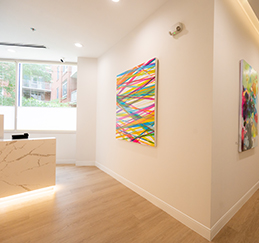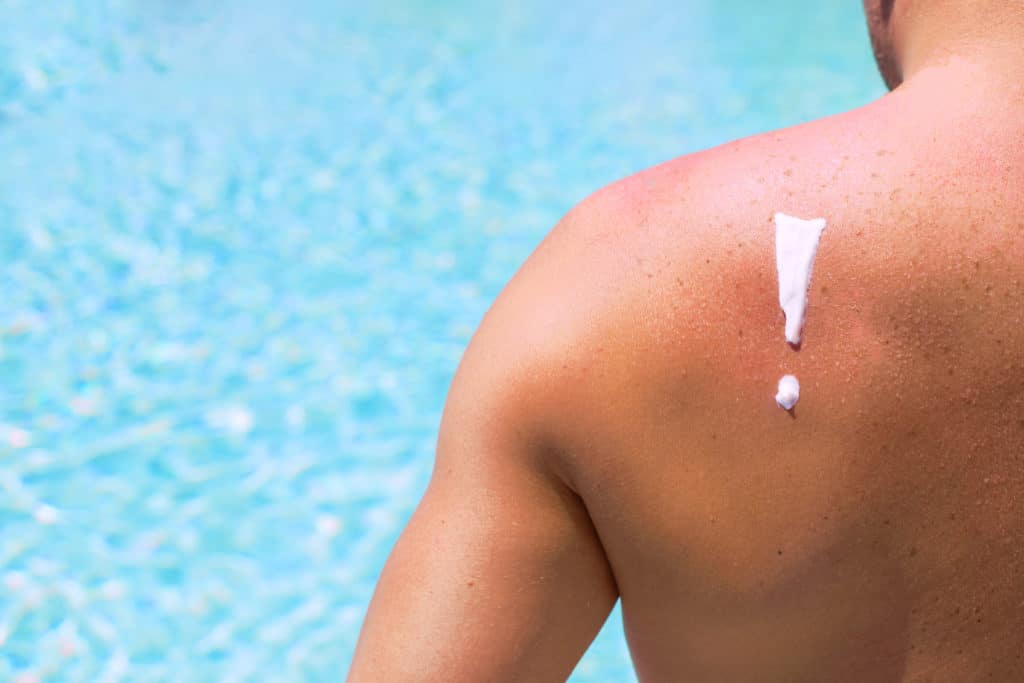What is Actinic Keratosis?
Actinic keratosis usually presents as a small, possible rough spot on the skin. These spots occur due to excess sun exposure. Actinic keratosis is often found on the face, scalp, ears, and back of the neck. These superficial lesions have not yet penetrated deeper into the skin.
Actinic keratosis has the potential to develop into more invasive skin cancers. There are also more specialized forms of actinic keratosis including cutaneous horns, in which the skin protrudes in a horn-like manner, and actinic cheilitis, a scaling or roughness of the lower lip. Limiting sun exposure can reduce the prevalence of actinic keratosis.
Who is at Risk For Actinic Keratosis?
The risk of actinic keratosis increases greatly in fair-skinned people who have spent quite a bit of time outdoors. Individuals who use tanning beds frequently are also at a higher risk of developing actinic keratosis. The risk of an individual actinic keratosis progressing into a more invasive squamous cell carcinoma is less than 1%. However, individuals who continue to expose their skin to the sun are likely to develop more serious lesions. The more lesions an individual possesses, the more likely an individual is to have one of those lesions develop in squamous cell carcinoma.
Squamous cell carcinoma is a locally destructive skin cancer that has the ability to spread to other areas. Going to see a physician as soon as you notice a nodule or lesion on your skin is important to detect, diagnose, and treat skin conditions before they progress into cancer.
How to Treat Actinic Keratosis
Treating actinic keratosis in earlier stages is the best way to prevent aggressive cancers from developing. A board certified dermatologist is an expert at diagnosing and treating actinic keratoses. Cryosurgery, freezing with liquid nitrogen, is a common treatment method. Photodynamic light therapy and topical medical creams can be used as treatment options. Your physician will discuss the best treatment options with you. If a patient presents with a lesion that is larger or thicker than expected, a biopsy may be recommended to rule out presence of squamous cell carcinoma. Overall, treatment is fairly simple, but it is crucial to seek treatment early to prevent possible further disease.
Preventing Actinic Keratosis
One of the best treatments for actinic keratosis is prevention. Minimizing sun exposure is the best way to prevent the onset of these lesions. Regular use of sunscreen may also reduce the prevalence of actinic keratosis.
Actinic Keratosis Treatment in Arlington, VA
If you are concerned that you may have actinic keratosis, it is best to see a dermatologist as quickly as possible. Make sure to contact Arlington Dermatology if you have any skin concerns. Board-certified dermatologists Dr. Livingood and Dr. Coyne at Arlington Dermatology are here to help you with your medical and cosmetic skincare needs with proven treatments to get rid of any issues you come to us with. Get in touch with us by calling our office or contacting us online today.



